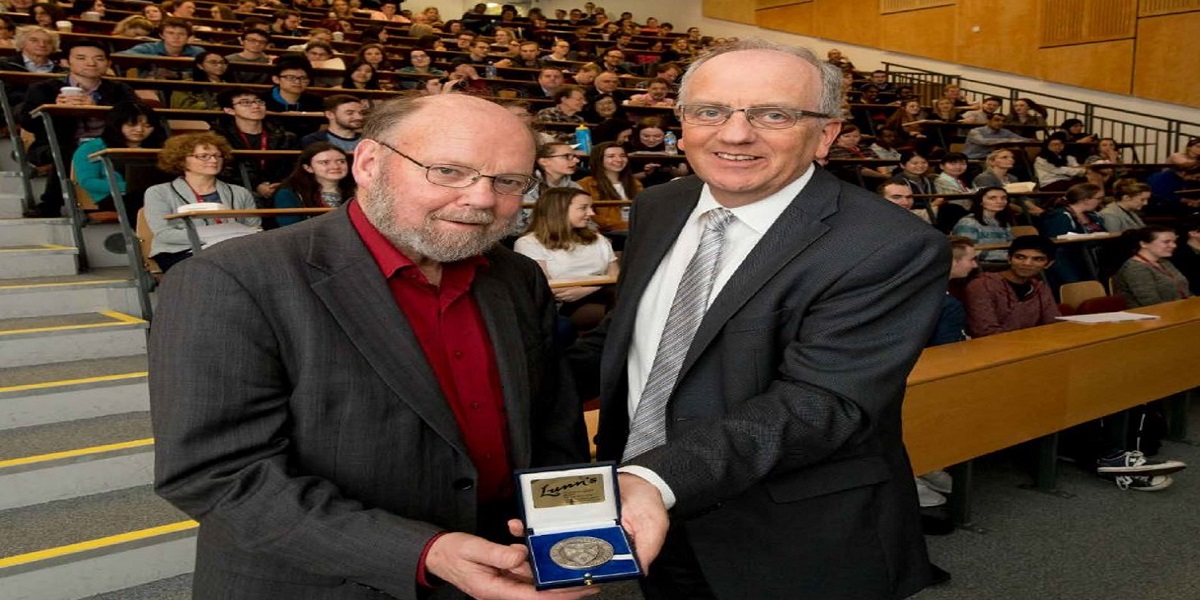Dolly’s legacy: Cloning pioneer Professor Sir Ian Wilmut delivers the Barcroft Lecture
Dolly. Her name is still shorthand for a landmark in the science of cloning.

Born in July 1996, this perfectly normal-looking sheep grabbed headlines around the world. A team of researchers in Scotland had painstakingly taken the nucleus of an adult mammary cell from a sheep’s udder and placed it into the casing of a developing sheep egg.
The resulting embryo went on to be born as Dolly, who took global stardom in her four-legged stride.
While cloning had been used for biomedicine and agriculture since the 1970s and 1980s, the 1990s ushered in Dolly, kick-starting intense media interest. “We were surprised at how quickly public interest developed and lasted,” said Professor Wilmut before his lecture. “I still get asked about it all the time, 20 years on.” When Dolly was born (after more than 270 attempts at the cloning procedure), she changed the game by opening up new ways to control the genetic makeup of mammals.
Professor Sir Ian Wilmut, who led the research team at the Roslin Institute in Edinburgh University that produced Dolly, was in QUB last November to deliver the Barcroft Lecture in the School of Medicine, Dentistry and Biomedical Sciences.
Professor Wilmut spoke to a packed audience of more than 300 staff and students about the history of cloning and the need to ensure that patients can access the benefits of new technologies emerging from the field. Following his lecture, Professor Wilmut was awarded the Barcrof Medal by Professor Pascal McKeown, Acting Head of School.